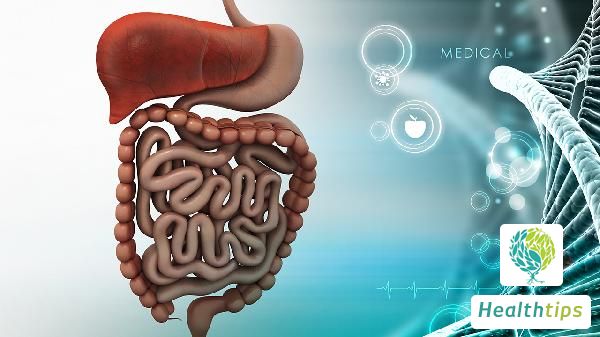Is Levofloxacin Injection a Cephalosporin Type of Drug? Are There Any Side Effects?
Cefalexin drugs have excellent effects in the treatment of many diseases, but they cannot be used randomly. As antibiotics, their abuse will have a significant impact on the body. Many people do not have a good understanding of cephalosporin drugs and are concerned that levofloxacin injection belongs to cephalosporins when using it. So, is levofloxacin injection a cephalosporin? Are there any side effects? Let's take a look.

1. Is Levofloxacin Injection a Cephalosporin?
Levofloxacin injection is not a cephalosporin. Both of these drugs are anti-inflammatory drugs, but they have different main functions and can be selected according to different conditions. Levofloxacin hydrochloride and cephalosporins are both antibiotics.
1.1. The Effect of Cefalexin
Cefradine is a cephalosporin anti-inflammatory drug with a broad antibacterial spectrum. It has a good effect on respiratory, urogenital, and skin and soft tissue infections.
1.2. Indications of Levofloxacin Injection
This product is indicated for the following moderate to severe infections caused by sensitive bacteria:
1. Respiratory infections: acute bronchitis, acute exacerbation of chronic bronchitis, diffuse bronchiolitis, bronchiectasis with infection, pneumonia, tonsillitis (peritonsillar abscess);
2. Urinary system infections: pyelonephritis, complicated urinary tract infections, etc.;
3. Reproductive system infections: acute prostatitis, acute epididymitis, intrauterine infection, adnexitis, pelvic inflammatory disease (metronidazole can be used in cases of suspected anaerobic infection);
4. Skin and soft tissue infections: impetigo, cellulitis, lymphangitis, subcutaneous abscess, perianal abscess, etc.;
5. Intestinal infections: bacillary dysentery, infectious enteritis, Salmonella enteritis, typhoid and paratyphoid;
6. Various infections in patients with sepsis, granulocytopenia, and immunocompromise;
7. Other infections: mastitis, trauma, burns, and postoperative wound infections, abdominal infections (metronidazole can be used when necessary), cholecystitis, cholangitis, bone and joint infections, and ENT infections, etc.
2. Side Effects of Levofloxacin Injection
During medication, symptoms such as nausea, vomiting, abdominal discomfort, diarrhea, loss of appetite, abdominal pain, and bloating may occur; nervous system symptoms such as insomnia, dizziness, and headache; skin rash, itching, erythema, and redness, itching, or phlebitis at the injection site may also occur. Transient abnormalities in liver function, such as increased serum aminotransferase and total bilirubin, may also occur. The incidence of the above adverse reactions is between 0.1% and 5%.
Occasionally, symptoms such as increased blood urea nitrogen, fatigue, fever, palpitations, abnormal taste, and post-injection vascular pain may occur, which are generally tolerable and disappear rapidly after the end of the treatment course.



















